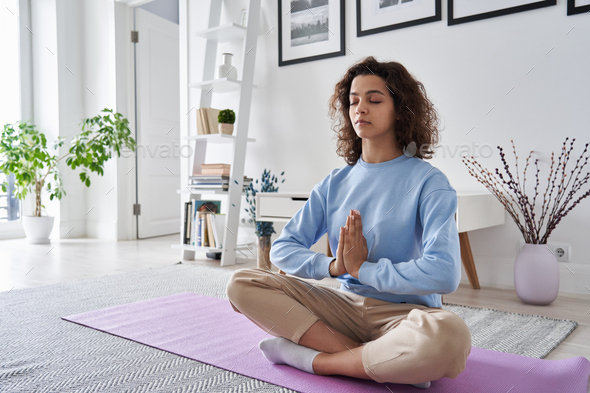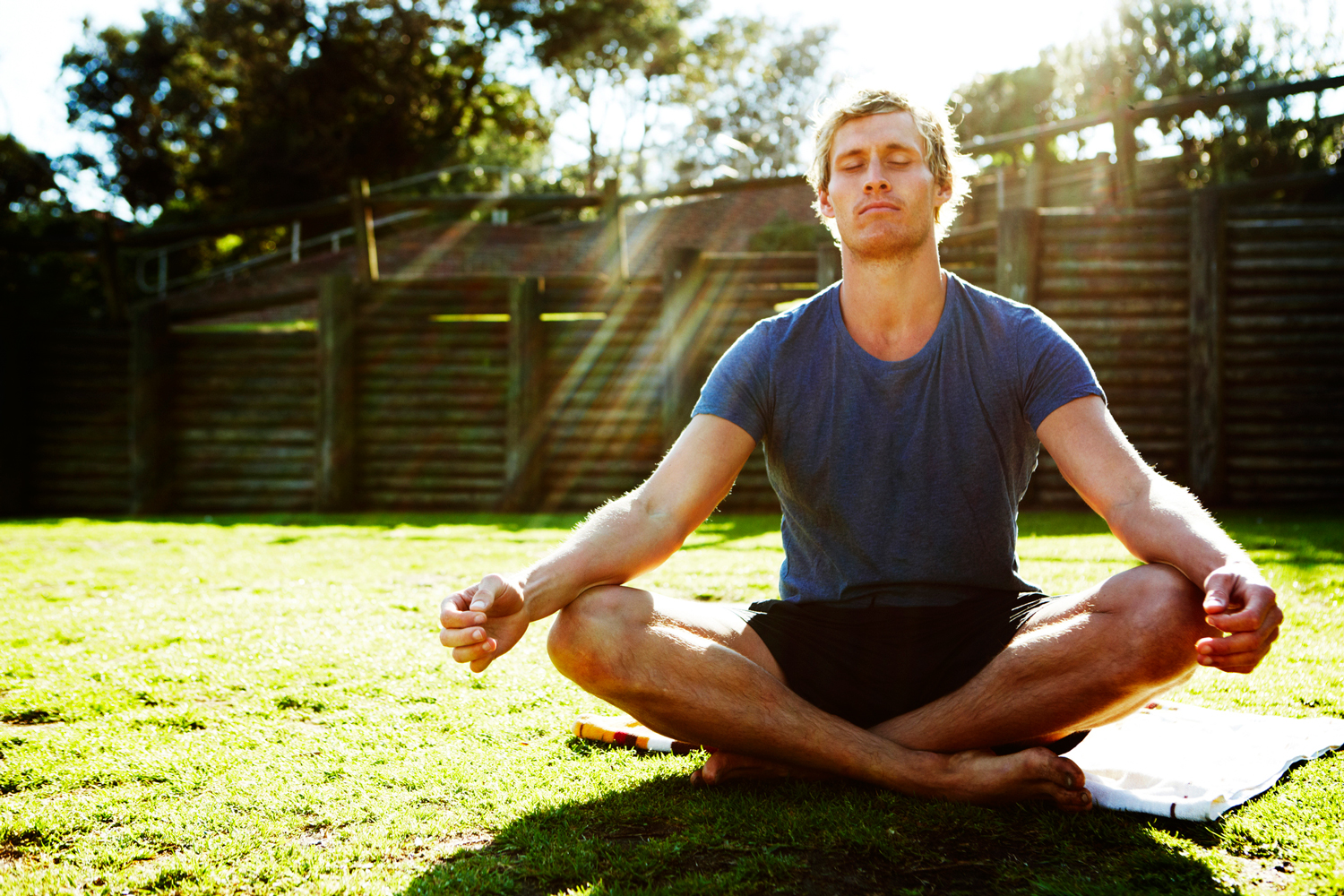Begin Your Journey: Basic Actions on Exactly How to Meditate for Novices
Meditation, often viewed as an elusive method booked for the skilled, can in fact act as a fundamental device for anybody looking for clearness and tranquility in their life. By recognizing its fundamental principles and establishing a conducive setting, novices can unlock the possible benefits of this practice. As you begin to explore the important actions-- such as discovering an appropriate area and grasping breathing methods-- you might discover obstacles that could improve your experience. The journey of reflection holds more deepness than one may prepare for, inviting further expedition right into its transformative facets.
Understanding Meditation Essentials
Reflection functions as an effective device for boosting psychological quality and psychological wellness. At its core, meditation is a method of concentrated interest and understanding, permitting people to grow a deeper understanding of their emotions and thoughts. By engaging in this self-control, practitioners can achieve a state of leisure and mindfulness, which can dramatically reduce tension and anxiousness levels.
Recognizing the basics of meditation includes acquainting oneself with different methods, such as mindfulness, loving-kindness, and transcendental reflection. How to meditate?. Each method has its one-of-a-kind method, yet all share a common goal: to cultivate a feeling of inner tranquility and self-awareness. Novices must start with easy techniques, such as concentrating on the breath or observing thoughts without judgment
Furthermore, uniformity is essential. Establishing a normal meditation regimen, even if just for a couple of minutes daily, can produce considerable advantages gradually. As individuals progression in their method, they might discover their capacity to concentrate boosts, resulting in greater emotional security and durability. Inevitably, meditation is not merely a retreat from reality; it is an extensive trip toward better self-discovery and total mental wellness.
Finding Your Ideal Room
Producing a helpful atmosphere for reflection is essential for optimizing its advantages. Your chosen area needs to promote serenity, permitting you to focus inward without diversions. Begin by picking a location that feels comfortable and secure, whether it be a peaceful corner of your home, a yard, or a neighborhood park.
Soft illumination can enhance relaxation, while all-natural light can stimulate your spirit. Make sure the room is complimentary from clutter, as a neat setting promotes a clear mind.
Noise plays a considerable role in your meditation room. Objective for a quiet area to decrease disturbances, or use soft background music or nature sounds if you find silence unsettling (How to meditate?). The temperature must also fit; neither too hot nor also chilly, to avoid disturbance during your method
Lastly, customizing your space with meaningful objects-- such as crystals, photographs, or significant quotes-- can create a much deeper connection to your practice. By thoughtfully curating your environment, you set the phase for a much more efficient and profound reflection experience.
Choosing a Comfy Position
Locating the best position for reflection is essential to maintaining emphasis and comfort throughout your practice. The ideal stance enables both physical security and psychological awareness, making it less complicated to focus on your reflection goals.
If this placement is uncomfortable, think about making use of a padding to elevate your hips, which can ease pressure on your knees and back. A chair can provide the required assistance, permitting your feet to rest level on the ground, ensuring stability and comfort.
You might likewise choose to exist down if sitting is not appropriate for you, but be mindful, as this can lead to sleepiness. Eventually, the ideal placement is one that really feels natural to you and allows you to preserve focus, promoting a much deeper link with your reflection technique.
Breathing Methods to Start
Starting your reflection method with efficient breathing techniques can substantially improve your experience. Breath acts as the foundation of reflection, supplying a prime focus that helps secure your mind and grow mindfulness.
To start, exercise diaphragmatic breathing, which involves the diaphragm and promotes much deeper inhalation. Hold your breath for a matter of 4, then exhale gradually with your mouth for a count of 6, allowing your abdomen to drop.
An additional valuable method is the 4-7-8 technique. Inhale via your nose for a matter of four, hold your breath for seven matters, and exhale gradually with your mouth for eight matters. This pattern not just calms the mind however also reduces anxiousness, making it simpler to settle into your reflection technique.
Explore these strategies to find what resonates finest with you, and remember to preserve a loosened up posture and an open mind as you begin your journey right into reflection.
Tips for Uniformity and Growth

Creating a welcoming reflection space is likewise important. In addition, consider utilizing guided meditations or reflection applications, which can offer framework and selection to your sessions.
Start with short periods, gradually enhancing the moment as you become much more comfy. This incremental method not just makes reflection less overwhelming but likewise enables article source your technique to expand organically. Tracking your development in a journal can likewise be helpful; noting your experiences and feelings after each session can improve self-awareness and motivation.
Finally, bear in mind that meditation is a personal journey. Endure on your own and embrace the knowing process, comprehending that uniformity and development are constructed with time.
Conclusion
In conclusion, meditation serves as an important practice for promoting psychological clearness and emotional well-being. By understanding the basic principles of reflection, choosing a suitable space, adopting a comfortable stance, and making use of reliable breathing techniques, people can begin on a satisfying reflection trip.
Understanding the essentials of reflection involves acquainting oneself with various strategies, such as mindfulness, loving-kindness, and copyright. Ultimately, the ideal setting is one that feels all-natural to you and enables you to keep emphasis, helping with a deeper link with your reflection practice.
Developing a routine meditation technique can dramatically improve your mindfulness journey and individual growth. Additionally, consider making use of assisted meditations or reflection apps, which can provide framework and variety imp source to your sessions.

Comments on “How to Meditate? Mastering Mindfulness for Everyday Life”